
Boost Your Conversions with Smart UX Optimization Strategies
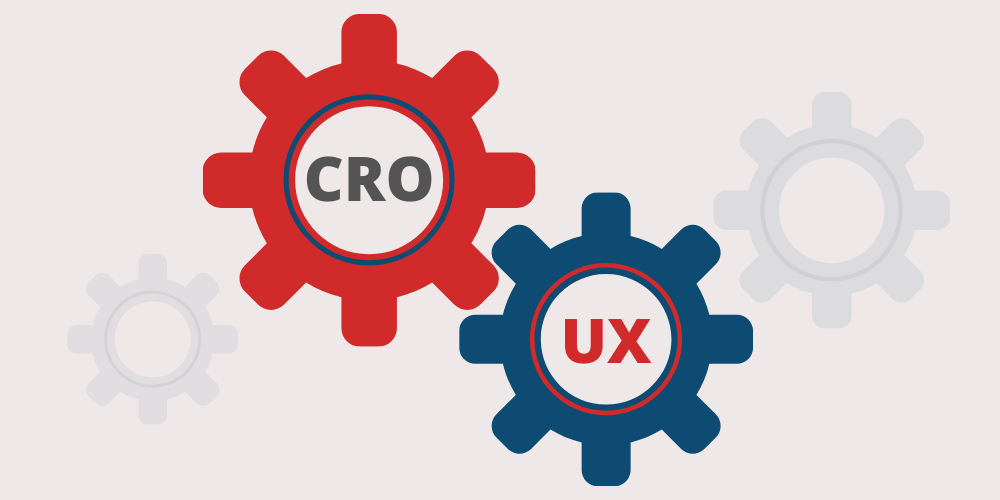
Source: Image
Every business owner knows the heartbreak of seeing thousands of visitors land on their website… only to leave without doing anything. No purchase. No form submission. No sign-up. Nothing. This is not just traffic loss; this is potential revenue slipping right through your fingers.
You’ve spent thousands on marketing. Your website traffic is booming, ads are getting clicks, and people are flooding into your online store or landing page. But conversion numbers still look unimpressive.
The culprit? It’s your user experience (UX).
If your visitors find your site confusing, slow, or hard to navigate, they abandon it even if your product or service is perfect. This is where conversion rate optimization UX comes into play. Done right, CRO in UX can turn more clicks into paying customers by making the user journey smoother, more persuasive, and irresistibly simple.
Conversion Rate Optimization (CRO)? Defined
Conversion Rate Optimization (CRO) is the process of increasing the percentage of visitors to your website who take a desired action: buying a product, signing up for a newsletter, submitting a form, clicking a “Book a Demo” or “Let’s Talk” button,, or any other goal aligned with your business objectives. That action is known as a conversion, and your conversion rate is the percentage of visitors who take it.
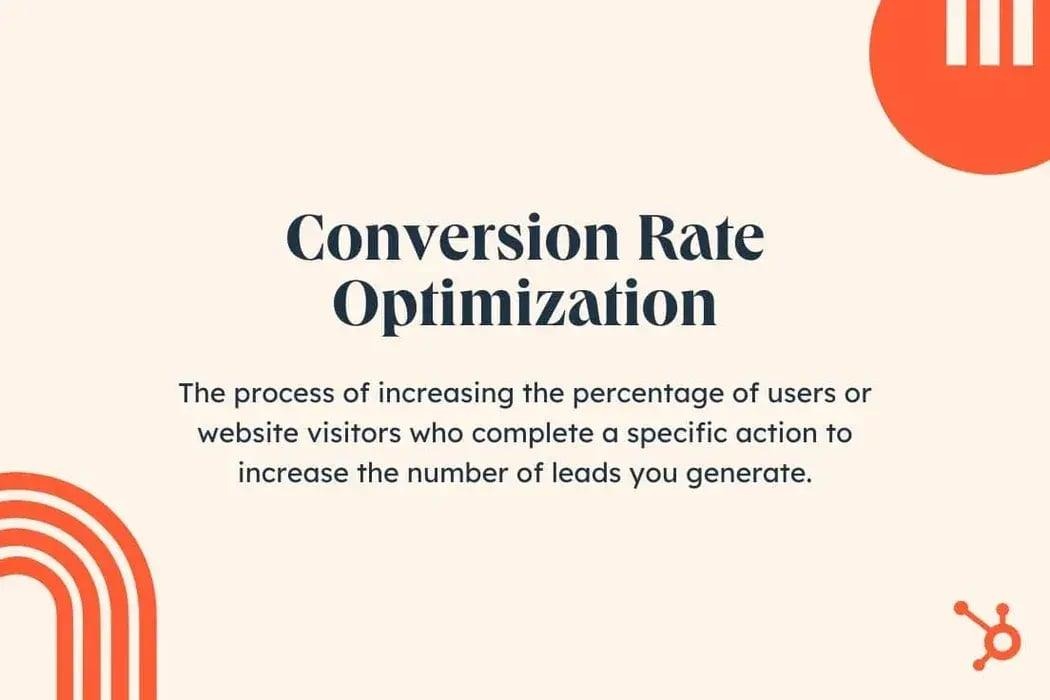
Source : Image
The Conversion Rate Formula:
Conversion Rate = (Number of Conversions/Total Visitors) × 100
If you had 1,000 visitors and 50 of them made a purchase, your conversion rate is 5%.
It’s not about getting more traffic, but about extracting more value from the traffic you already have. This makes CRO incredibly cost-effective.
But here’s the thing: CRO isn’t just about tweaking buttons or headlines. It’s about the entire user experience. And that’s where many businesses go wrong.
What Is CRO in UX? Bridging the Gap Between Function and Emotion
It’s the practice of using UX principles to optimize the design and flow of a website for better conversions.
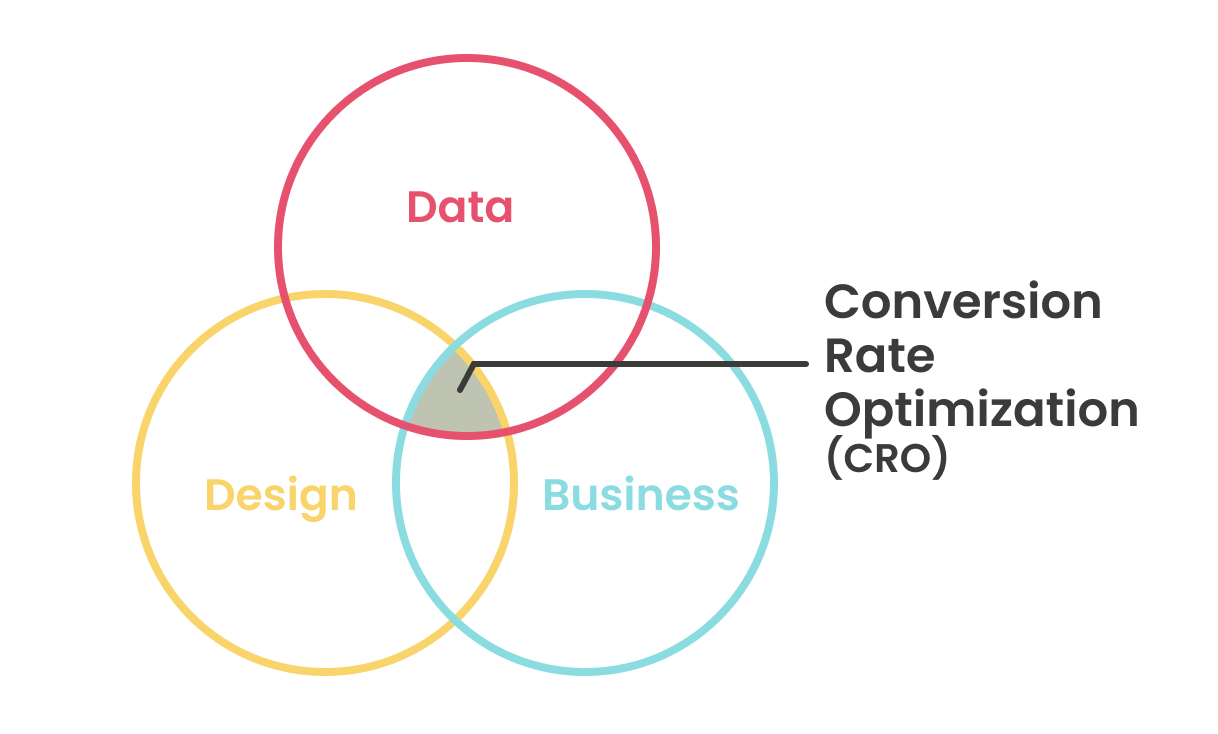
Source: Image
While traditional CRO might focus on A/B testing, CTA placement, and copy changes, CRO in UX goes deeper, it looks at:
- How users feel on your site
- How easily they can find what they need
- Whether they trust you
- If they feel confident to take action
In short, it’s about combining user-centric design with data-driven optimization to improve both experience and outcomes.
Key CRO Principles in UI UX Design
Let’s explore some fundamental CRO principles in UI UX design that lead to higher conversion rates and better user experiences.

Source: Image
- Clarity over Creativity: Fancy design doesn’t always sell. Clear navigation, visible CTAs (Call-to-Actions), and understandable copy work together to lower bounce rates.
- Visual Hierarchy: Guide users’ eyes naturally through size, color, and contrast. Prioritize what’s important, such as your main CTA or product benefit.
- Consistency: Maintain consistent design elements across your website. Familiarity improves trust and reduces cognitive effort.
- Speed and Performance Optimization: A one-second delay in load time can drastically affect conversion rates. Optimize images, scripts, and hosting for faster delivery.
- User Trust and Social Proof: Incorporate testimonials, reviews, and security badges to build credibility.
- Microinteractions and Feedback: Subtle animations or messages after an action reassure users they’re on the right track, improving user experience and compelling them to continue.
Best Practices for Conversion Rate Optimization UX
Here are some tried-and-true CRO and UX best practices that can help any business, whether you run an e-commerce store or a service-based website.
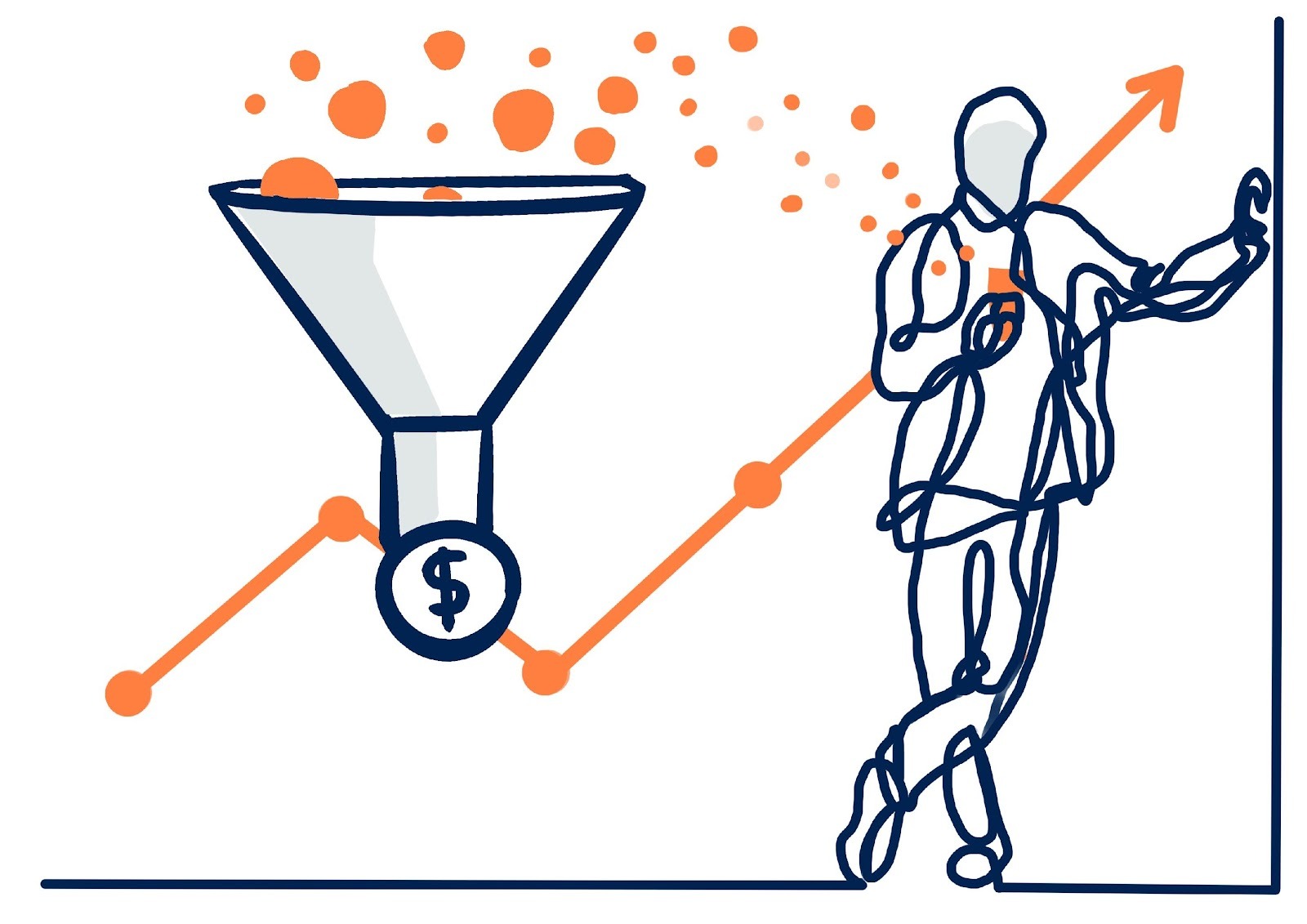
Source: Image
1. Simplify Your Navigation
A cluttered menu overwhelms users. Clean navigation and clear categories improve user experience and encourage visitors to move deeper into your site. Simplicity leads to better optimization and ultimately, more conversions.
2. Optimize Above-the-Fold Content
Visitors form an impression within seconds. Your above-the-fold section should communicate what you offer, why it matters, and what users should do next. Use strong headlines, clear CTAs, and purposeful imagery.
3. Improve Page Loading Speed
Delay breeds frustration. Optimize your site’s performance using compressed media, caching, and a reliable content delivery network. Fast pages are directly linked to higher conversion rates.
4. Use Effective CTAs
A well-designed CTA button with contrasting color, action-driven copy (like “Get Started” or “Try for Free”), and proper spacing increases clicks. This small element heavily influences your overall CRO success.
5. Reduce Bounce Rate with Visual Storytelling
Breaking large text blocks into visual sections with icons, infographics, or short videos keeps users engaged longer. This reduces bounce rate and keeps the journey intuitive.
6. Personalize User Experience
Tailor experiences based on visitor data. For instance, returning users may see a personalized greeting or recommendations. This humanizes your UX design, boosting conversion rates naturally.
7. Build Trust with Transparency
Display pricing upfront, clarify shipping costs, and provide clear return policies. Transparency eliminates hesitation, leading to higher conversion metrics.
8. Mobile UX Optimization
With over half of global traffic coming from mobile, mobile-first design is no longer optional. Buttons should be thumb-friendly, text easily readable, and loading seamless.
9. Leverage Psychological Triggers
Use urgency (“Only 2 left!”), scarcity, or social proof (“10,000+ users love us”) ethically. These methods tap into human psychology to drive conversions without manipulation.
10. Continuously Optimize Based on Metrics
Conversion rate optimization is not a one-time fix; it’s a continuous process. Regularly track CRO metrics such as click-through rates, bounce rates, and session durations to refine your UX.
The Role of Emotional Design in CRO
Humans make decisions based on emotion first and logic second. UX designers can use emotional design principles to create feelings of trust, excitement, or belonging.
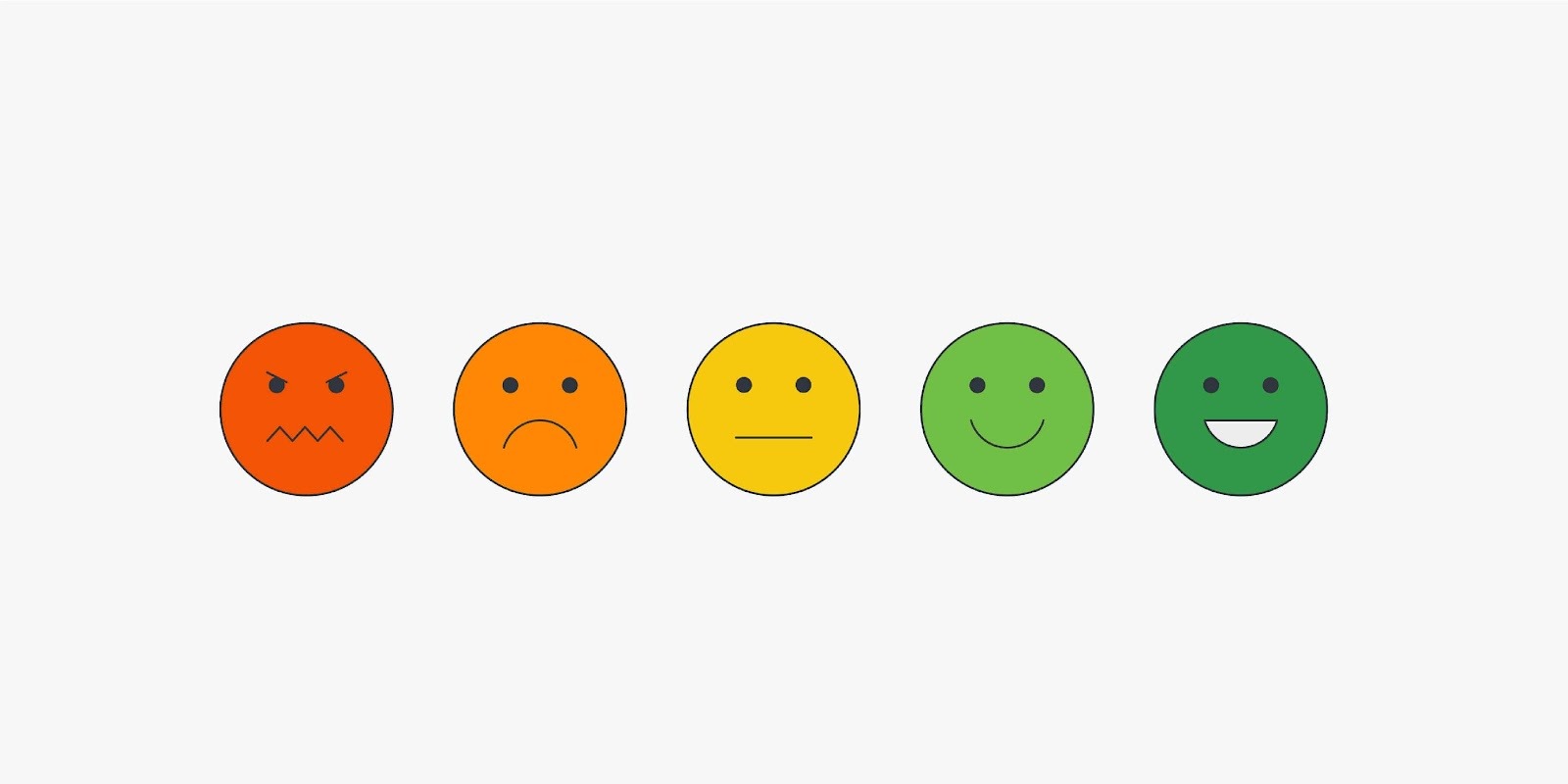
Source: Image
For example:
- Color psychology influences perceptions (blue for trust, red for urgency).
- Friendly microcopy in forms (“Almost done!”) reduces anxiety.
- Consistent visuals strengthen brand memory and user comfort.
These subtle touches lead to stronger emotional connections and ultimately improve conversion.
Measuring CRO and UX Success
To measure success, monitor a mix of quantitative and qualitative optimization metrics:
- Conversion Rate: Percentage of visitors completing desired actions.
- Bounce Rate: Percentage of users leaving after one page.
- Average Session Duration: Indicates engagement level.
- Click-Through Rate (CTR): Reflects interest in your CTAs.
- Net Promoter Score (NPS): A qualitative gauge of satisfaction.
- Customer Lifetime Value (CLV): Long-term success indicator tied to recurring conversions.
Analyzing these metrics regularly allows you to fine-tune both CRO and UX strategies effectively.
Real-World CRO UX Case Studies
1. HubSpot – CTA Placement and Color Psychology for Lead Gen
HubSpot wanted more users to engage with their content offers and free trial signups. They ran extensive tests on CTA design and placement.
What they tested:
- Moved primary CTA above the fold with stronger contrast.
- Changed CTA button copy from “Submit” to “Get a demo” and “Get started free”.
- Used orange (known for urgency + optimism) instead of blue for the button.

Source :Image
Result:
- CRO uplift of 21% for form submissions.
- Higher scroll depth and engagement across landing pages.
Lesson: Small UX tweaks, especially around CTA clarity and color, can lead to major improvements.
2. Moz – CRO Testing on a Pricing Page
Moz, the SEO software company, wanted to increase free trial sign-ups from their pricing page. Despite having strong traffic, the page wasn’t converting.
What they tested:
- Redesigned pricing tables for clarity.
- Used color and contrast to guide attention to the most popular plan.
- Added social proof (testimonials, user counts).
- Rewrote CTAs from generic (“Start”) to specific (“Start my free trial”).

Source : Image
Result:
- Conversion rate increased after A/B testing.
- Users spent more time comparing plans and were more likely to commit.
Key takeaway: Strategic UX improvements + clear value communication = a dramatic CRO uplift, even without increasing traffic.
The future of digital success depends not on how much traffic you attract, but how effectively you convert it. Businesses that put Conversion Rate Optimization UX at their core see consistent improvement in conversion rates, user engagement, and brand loyalty. By blending data analytics, UX research, and empathetic design, you can craft experiences that both delight your audience and grow your business.

Source : Image
If your conversion rates are stuck, don’t just throw more traffic at the problem. Start small, test constantly, optimize the experience, improve the journey, build for your users, and let user insights guide you toward higher conversion and better UX.
Because when you serve your users better, your metrics will follow.
Ready to Turn Traffic Into Conversions?
Don’t let your visitors slip away. If you're serious about boosting your conversion rates with strategic UX and CRO, not just guesswork - The Alien Design a leading UX Design Agency is your next move.
We design conversion-first Webflow websites that blend UX clarity with Web3 innovation. Whether you're launching a product, optimizing a funnel, or building trust with users, we build experiences that convert.
Explore our CRO-driven design solutions to start a project now and transform your UX into real revenue.
Subscribe for Industry insights
Get cutting-edge design insights + Free pro
resources just for subscribing!
FAQ
More Insights


Nagar, Vanagaram, Chennai, Tamil
Nadu 600095, India
REGISTERED IN Chennai, INDIA.
"Global Team, Building for the world"





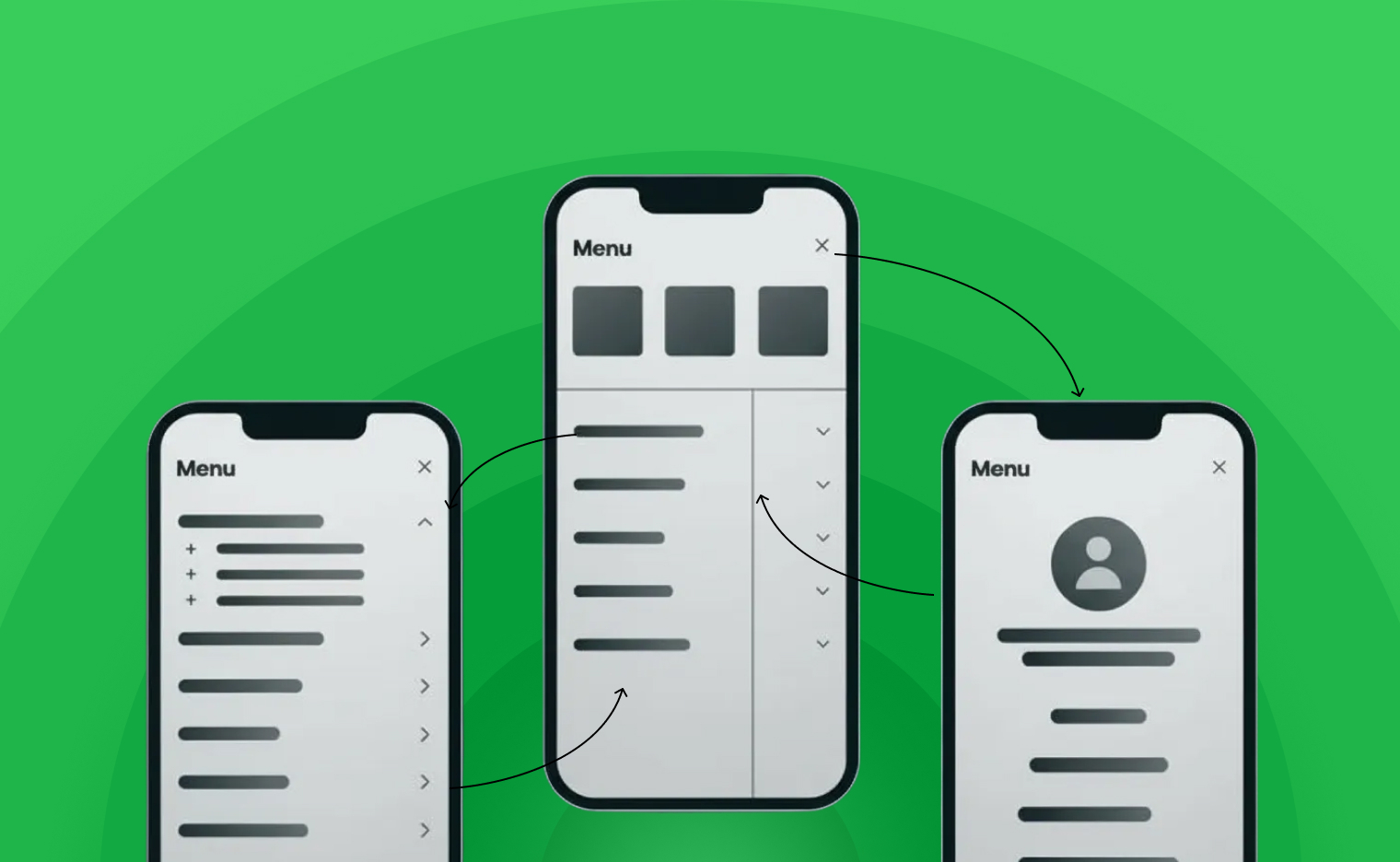







.webp)
.svg)